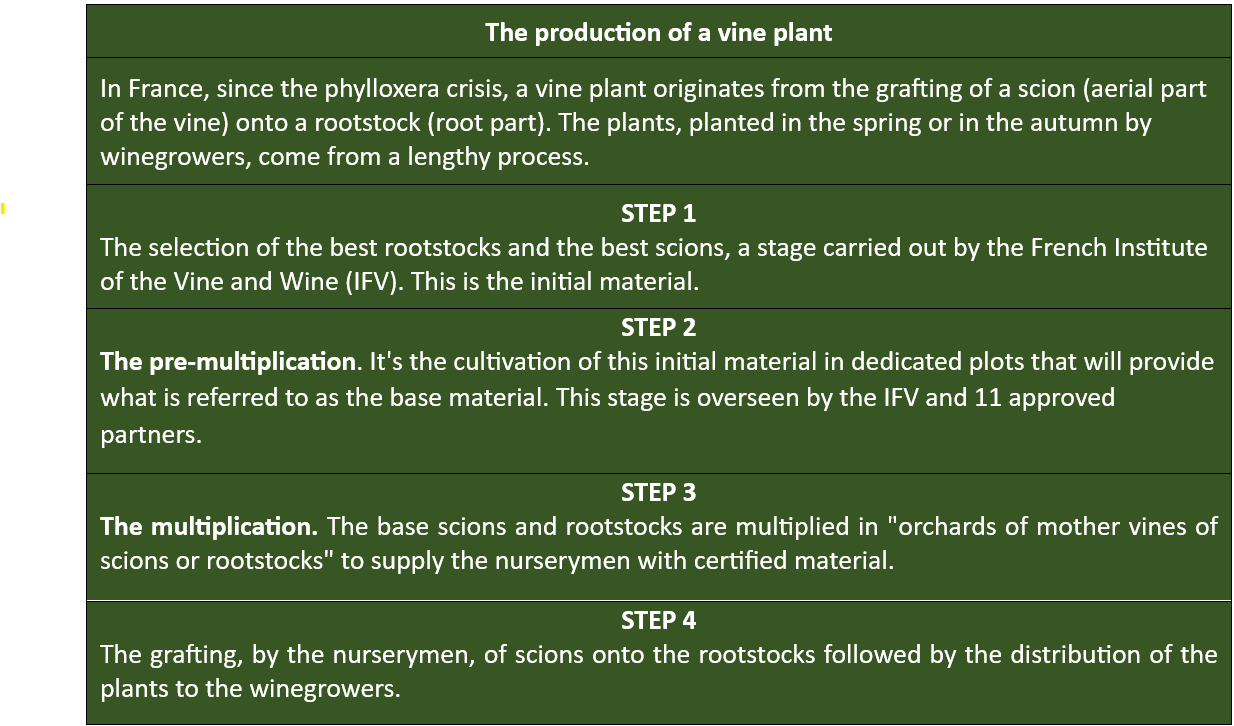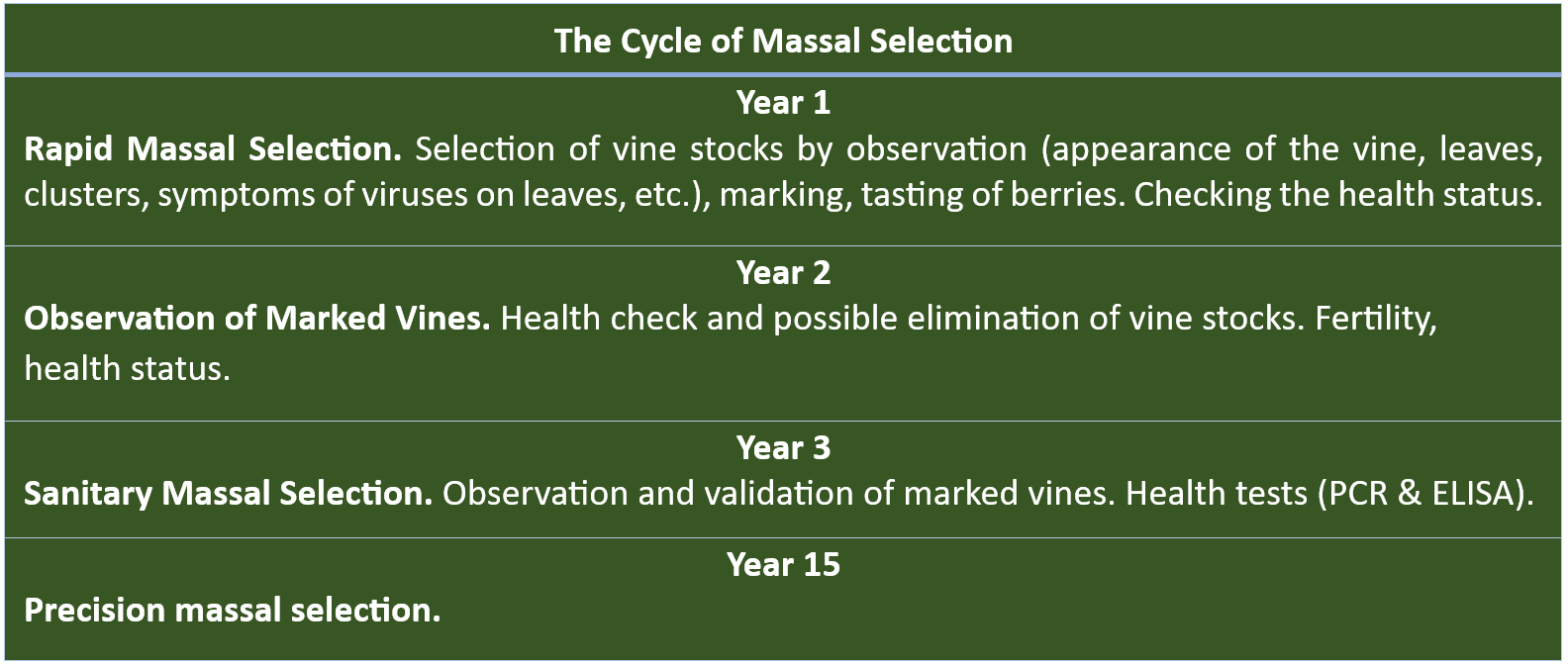QANOPEE (QuArt NOrd-Est PrÉmultiplication collectivE)
It's a project resulting from a partnership between three wine-producing regions: Beaujolais, Burgundy, and Champagne. Its purpose is to implement a new model of sustainable production to secure, in quantity and quality, the plant material intended for certified mother vine plantations. For several years now, the wine industry has been experiencing difficulties in sourcing plant material (rootstocks, grafts, plants). Moreover, adaptations to climate change and societal expectations are driving innovation in terms of research and development. For a long time, some interprofessional bodies have been carrying out, by delegation from the IFV (French Institute of Vine and Wine), an activity of pre-multiplication of plant material. This involves producing grafts and rootstocks that will be assembled to produce base plants intended to establish certified graft multiplication vineyards. This strategic production is located upstream of the steps of vine plant production by nurserymen.

A counterintuitive measure, but essential
Traditionally carried out in open fields, pre-multiplication is now threatened due to health concerns related to climate, because of the expansion or emergence of certain diseases (court-noué, enroulement, flavescence dorée, black wood, esca, Pinot Gris virus, etc.). In order to preserve this crucial step in the life of a grapevine, the wine-growing regions and the IFV (French Institute of Vine and Wine) have proposed a new production model in a confined and soilless environment, protected from disease vectors. Given the health pressures, the use of "insect-proof" greenhouses, protected from the main vectors of viral, bacterial, and phytoplasm diseases, provides optimal health guarantees to protect against these diseases. These bioclimatic greenhouses will include dedicated and physically separated spaces:
- For the production of rootstocks and basic grafts from the vineyards of Beaujolais, Burgundy, Champagne, but also from the Jura.
- For the conservation of biodiversity material from regional conservatories.
- For the production of plants protected against court-noué.

Mass selection or clonal selection?
Both, my general! With global warming occurring 100 times faster than what has been observed over the past 10,000 years (0.05°C per century...), we must preserve all possible solutions for the sustainability of the vine, including new varieties. While nature shows us its great adaptability every day, there's no guarantee that the vine, in particular, will be as resilient in the face of such drastic climate change. In the passionate debate between mass selection and clonal cultivation, let's not lose sight of the ultimate goal. In this context, it is regrettable that mass selection is still forbidden for rootstocks to enrich collections (even though nothing prevents the producer from practicing it on his own property). Today, many estates, some with a world reputation, opt for this mix of styles, making their vineyards an in-situ genetic legacy, indispensable for future generations.
La Tulipe Rouge
